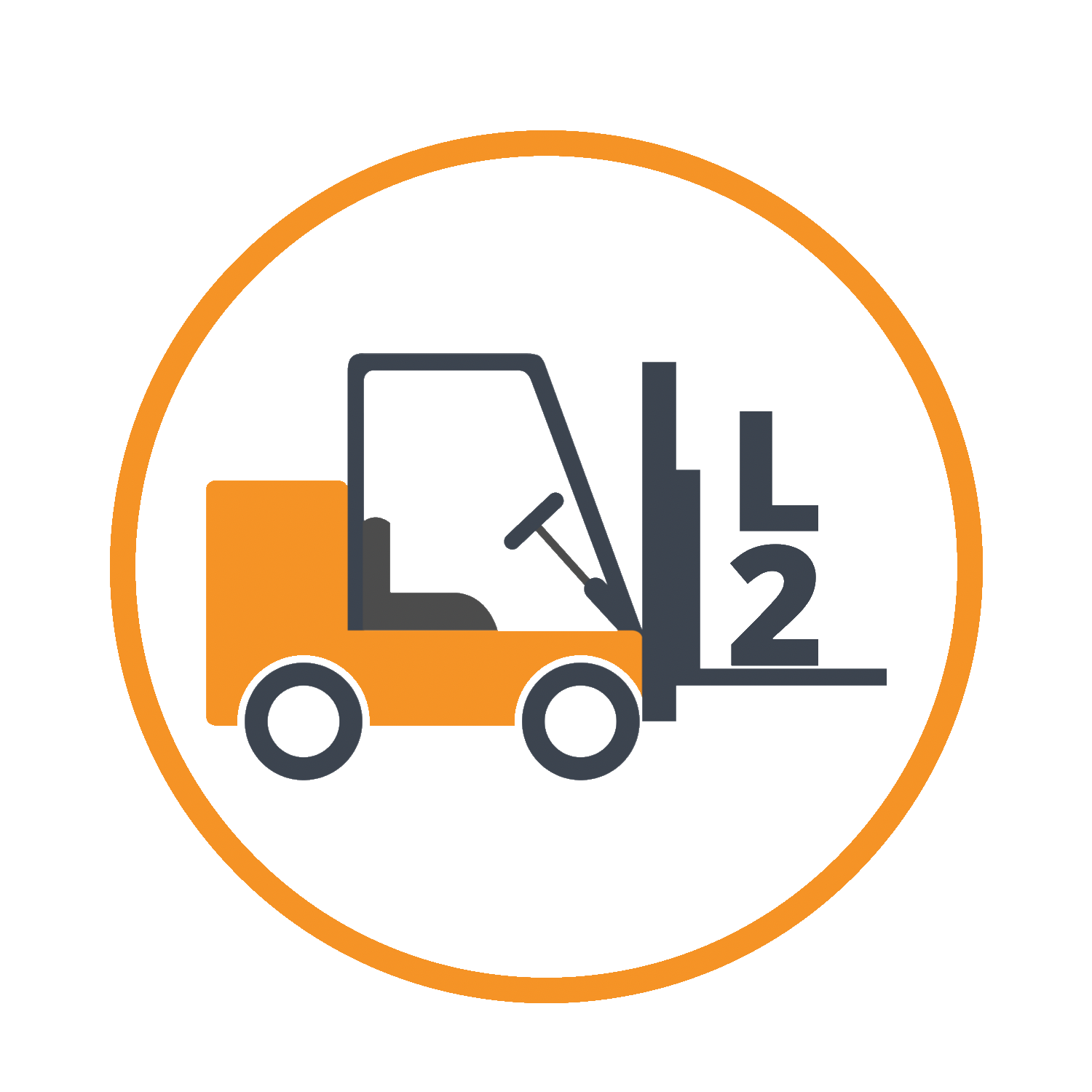This 8-hour course includes both basic theory and practical equipment training. The basic theory module discusses working at heights hazards and controls, and introduces learners to the basics of fall protection and ladder safety.

Course Summary
This 8-hour course includes both basic theory and practical equipment training. The basic theory module discusses working at heights hazards and controls, and introduces learners to the basics of fall protection and ladder safety.
The practical equipment module focuses on the application, inspection and use of the different fall protection systems (fall arrest, travel restraint, etc.), their components, and their limitations.
By the end of this course, learners will be able to:
Recognize working at heights hazards
Explain the hierarchy of controls
Discuss safe work plans
Identify and assess when ladders are appropriate
Explain proper inspection, care, and use of ladders
Describe types of warning methods and physical barriers
Identify when warning methods and physical barriers are required
Discuss limitations, application, and storage of different fall protection systems
Calculate fall distances
Demonstrate how to inspect the equipment, don and doff a harness, and maintain 100% tie-off
Discuss the differences between permanent, temporary, and structural anchors
Select the appropriate fall protection equipment when working on a platform
Explain the purpose, roles, and responsibilities of workplace parties with respect to a rescue plan
This course provides workers in the Industrial sector with the knowledge they need to safely perform work at heights. It is ideal for companies in the industrial sector with employees who regularly use ladders, fall protection equipment and Aerial Work Platforms. It allows companies to meet the Ministry requirement of ensuring that all workers who use fall protection equipment are trained in the safe use of that equipment.
© 2025 coursetakers.com All Rights Reserved. Terms and Conditions of use | Privacy Policy